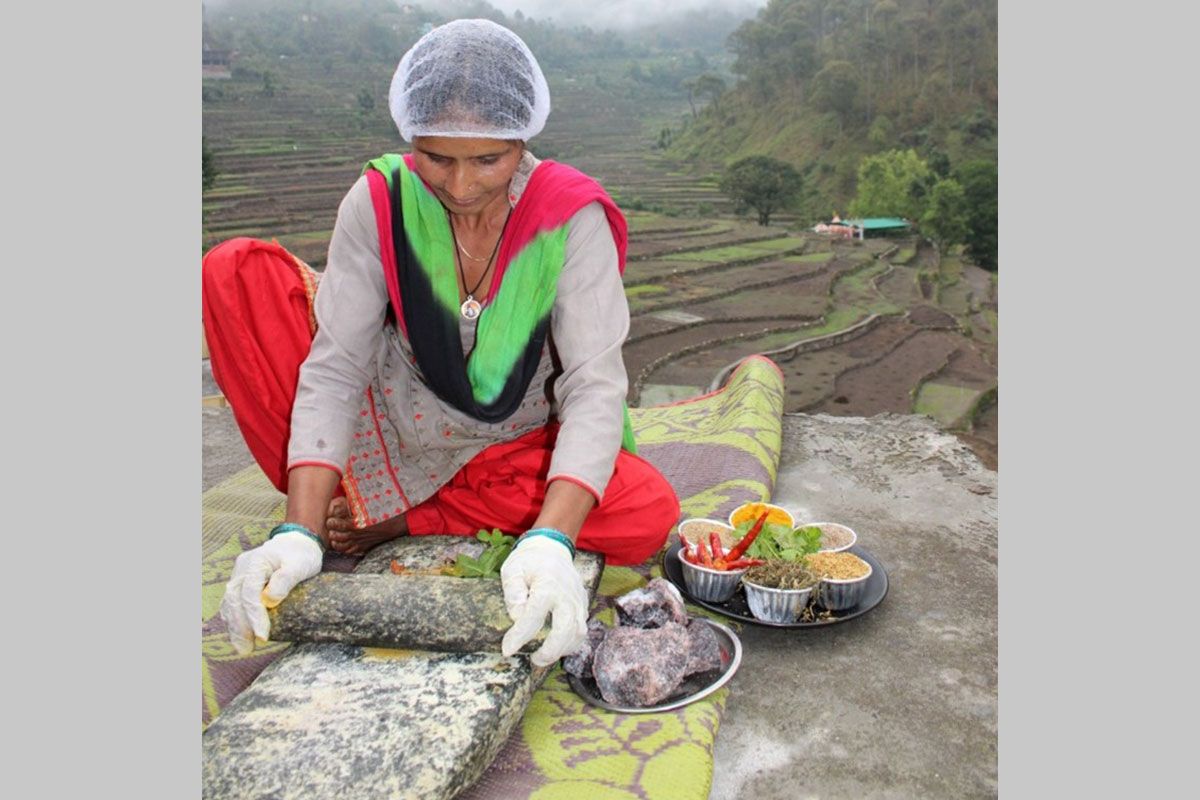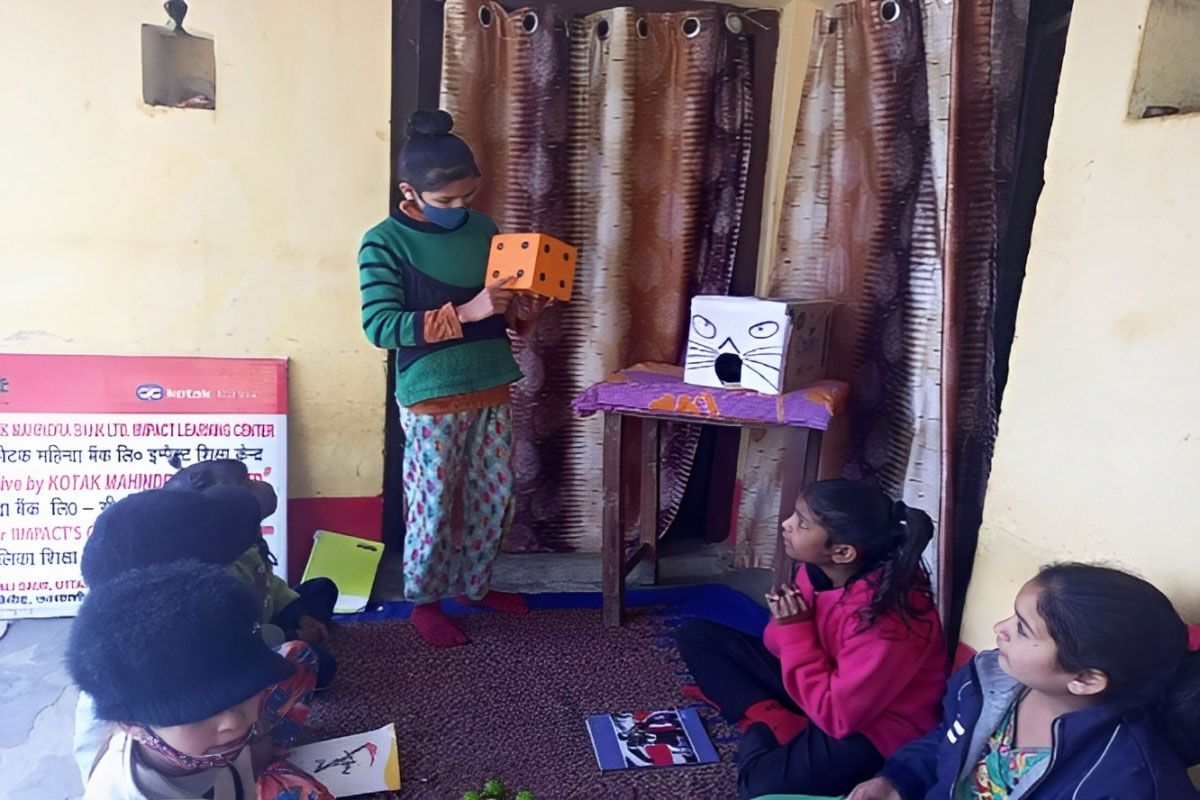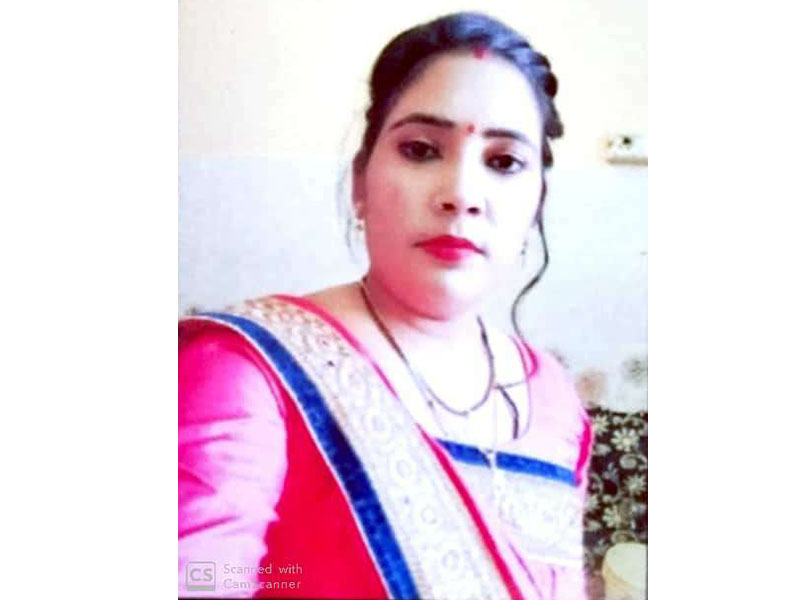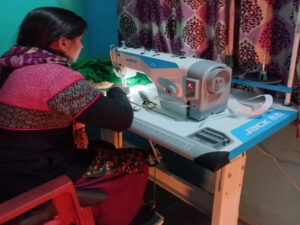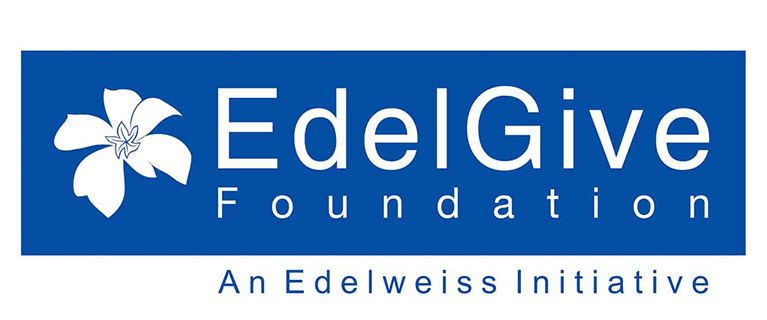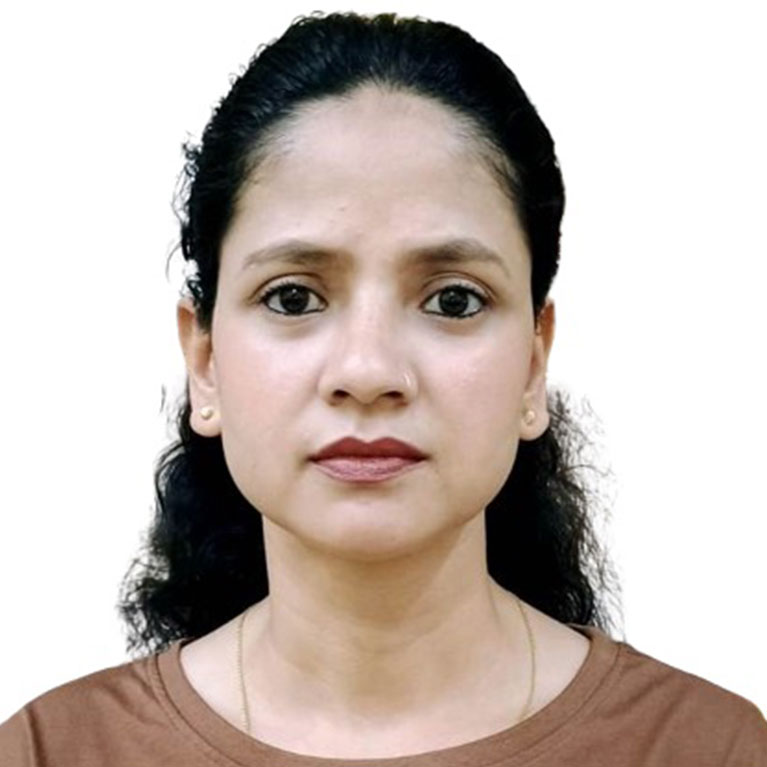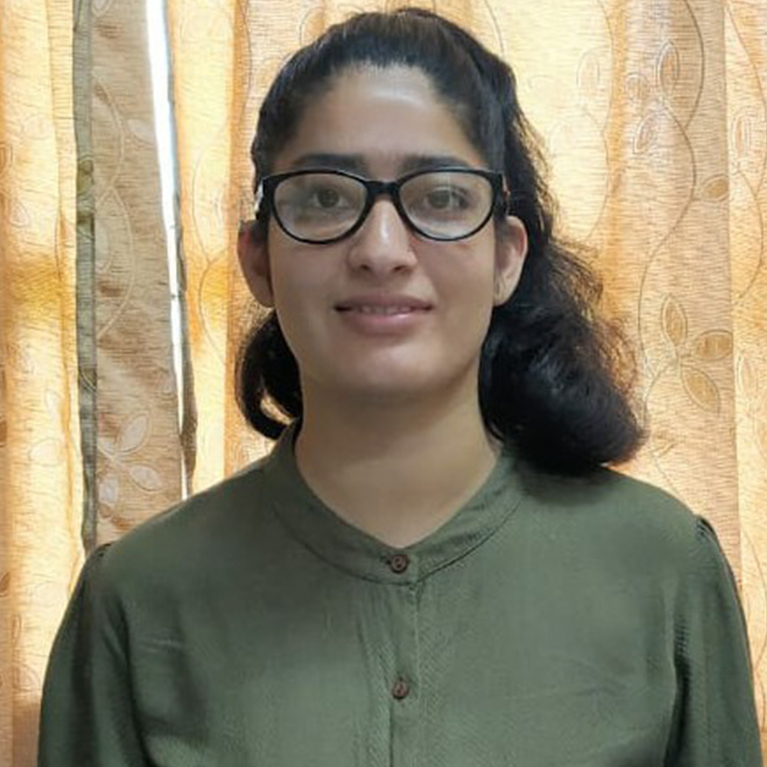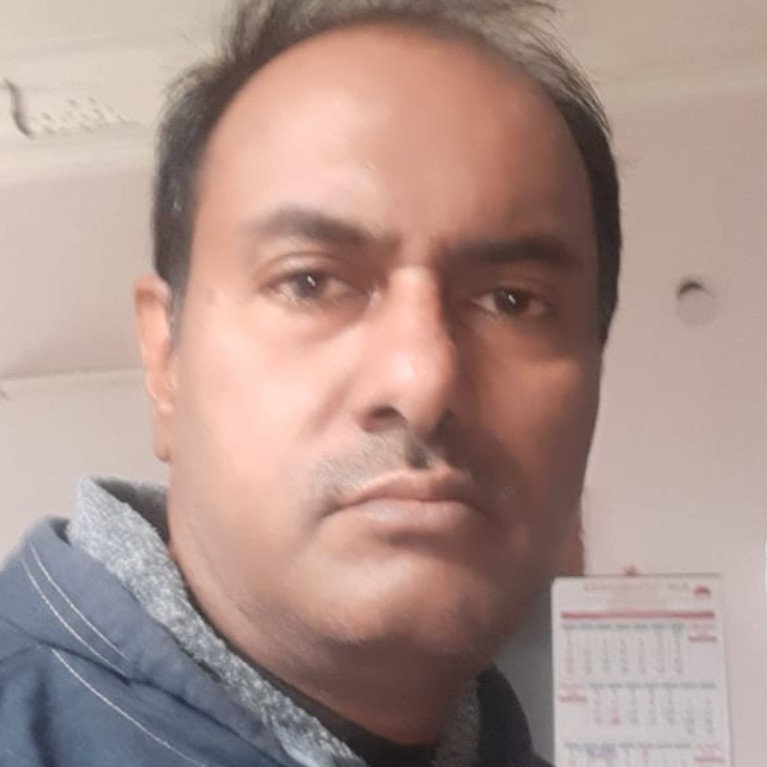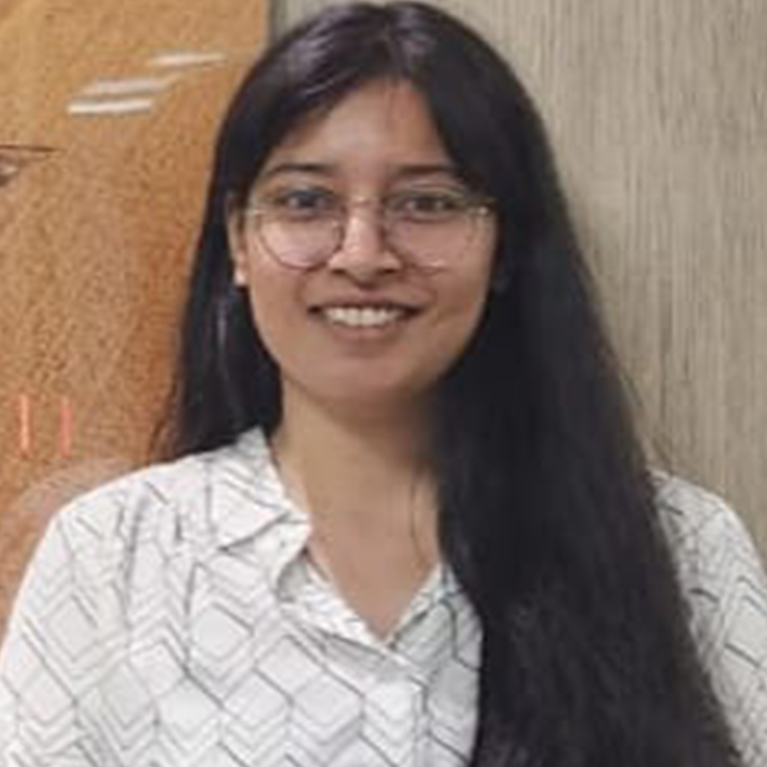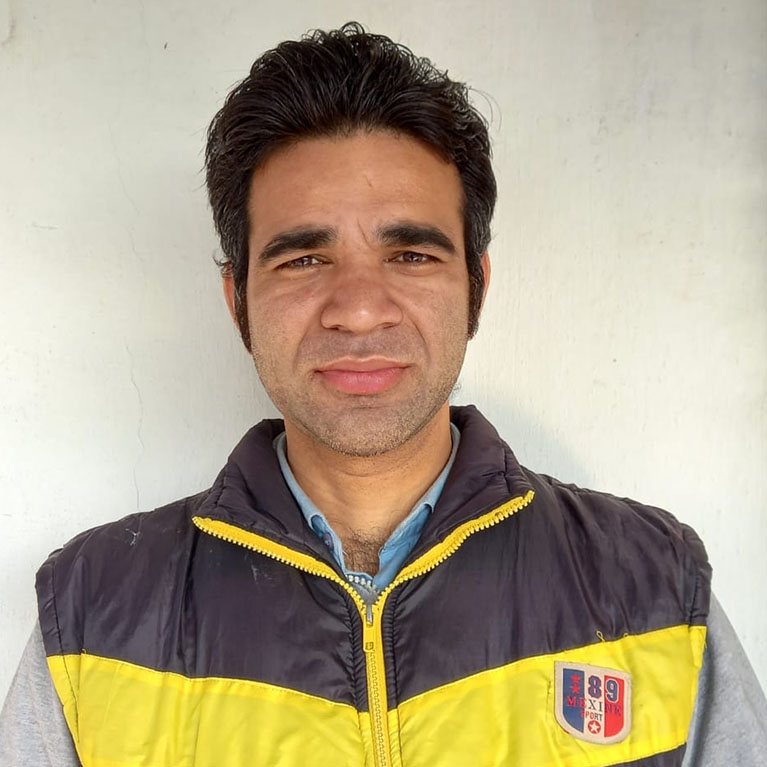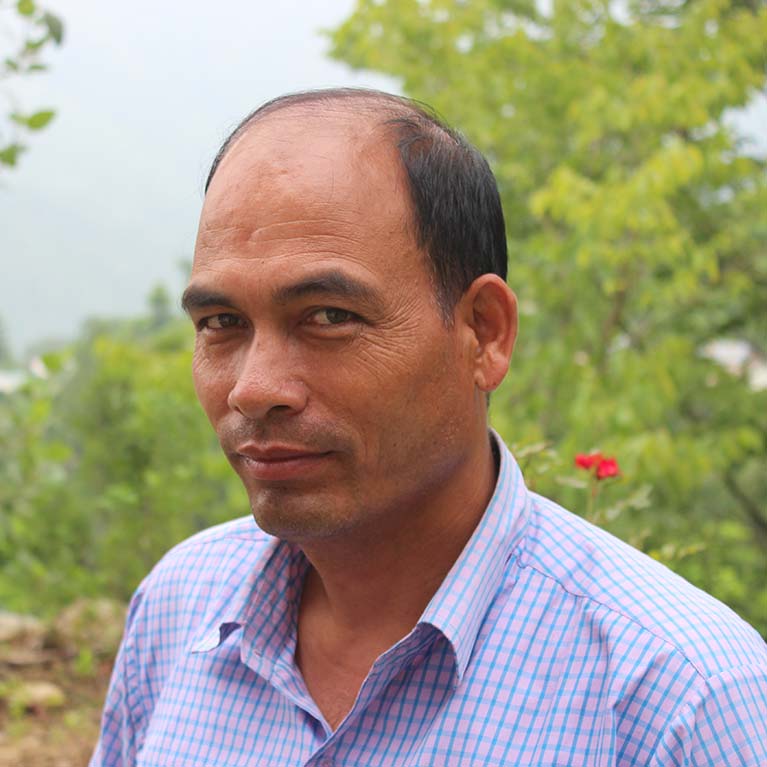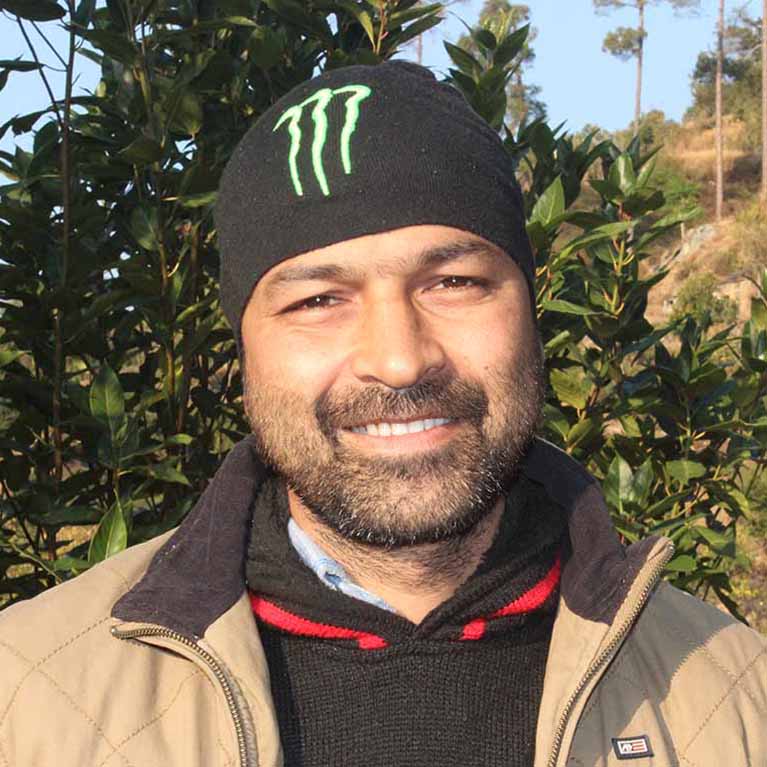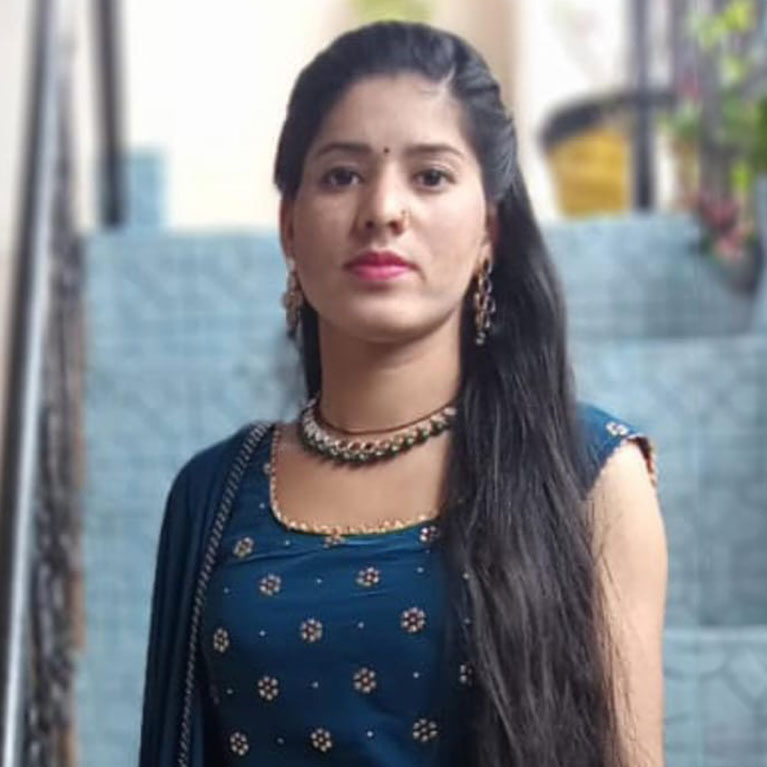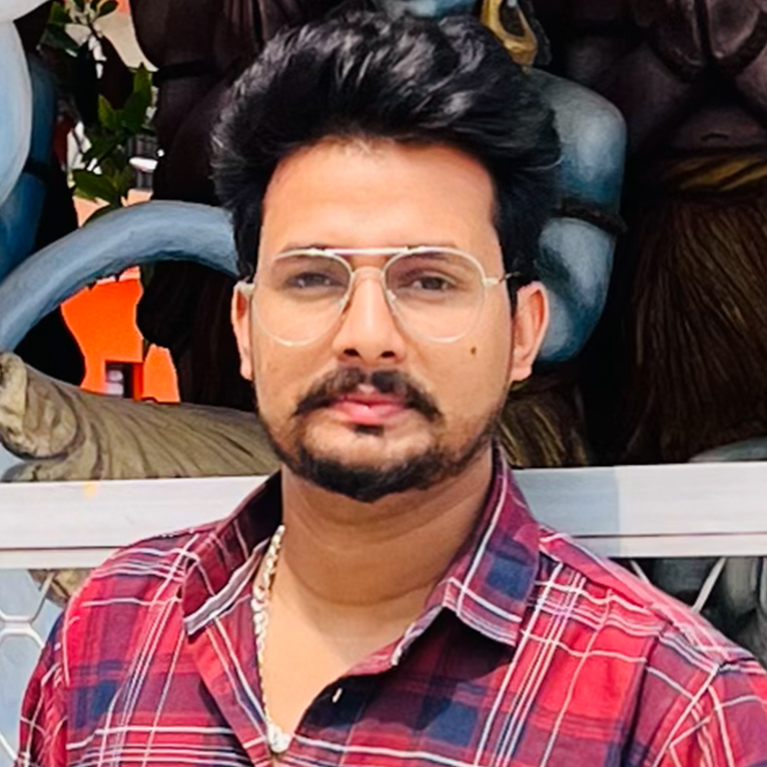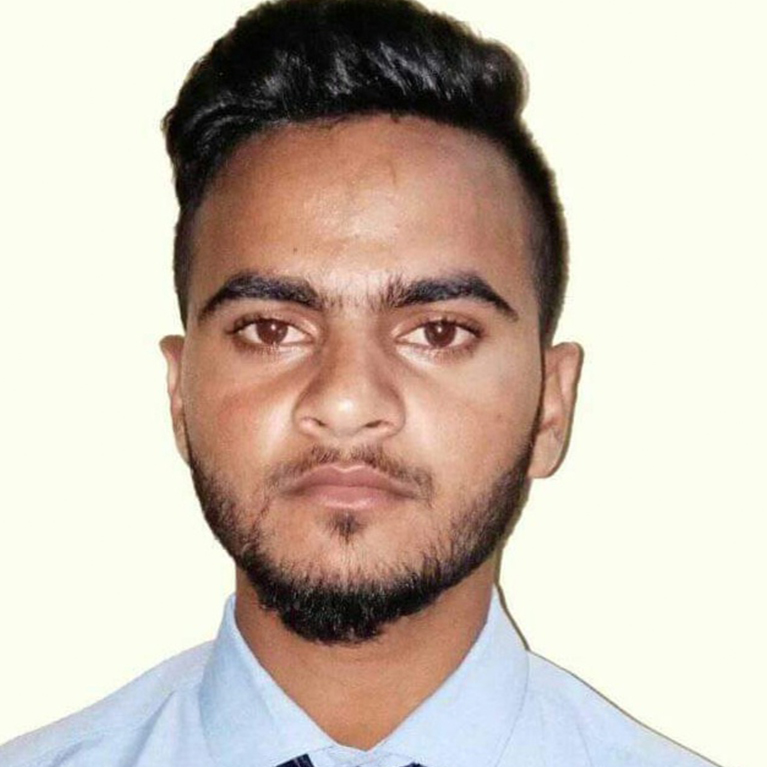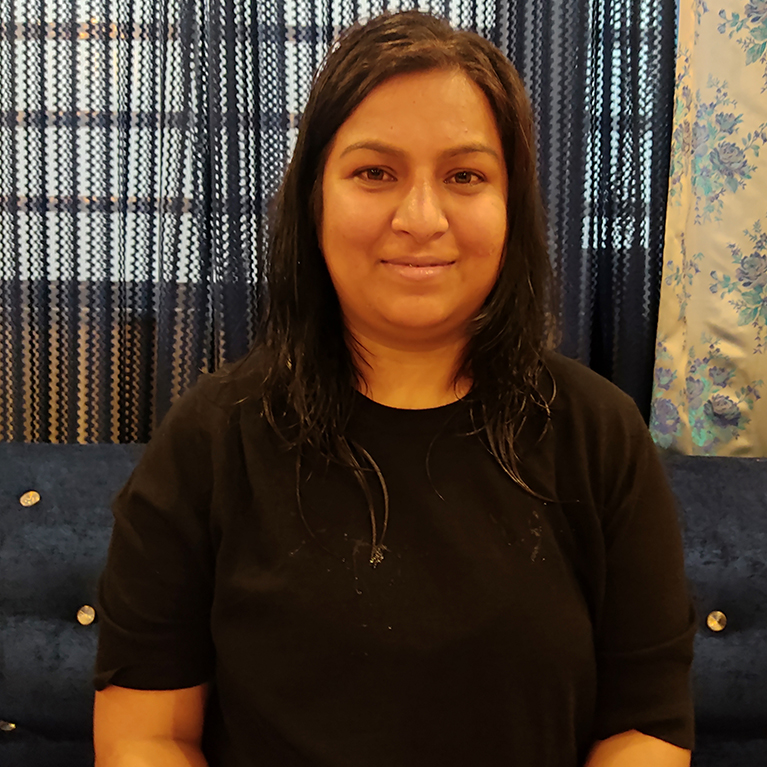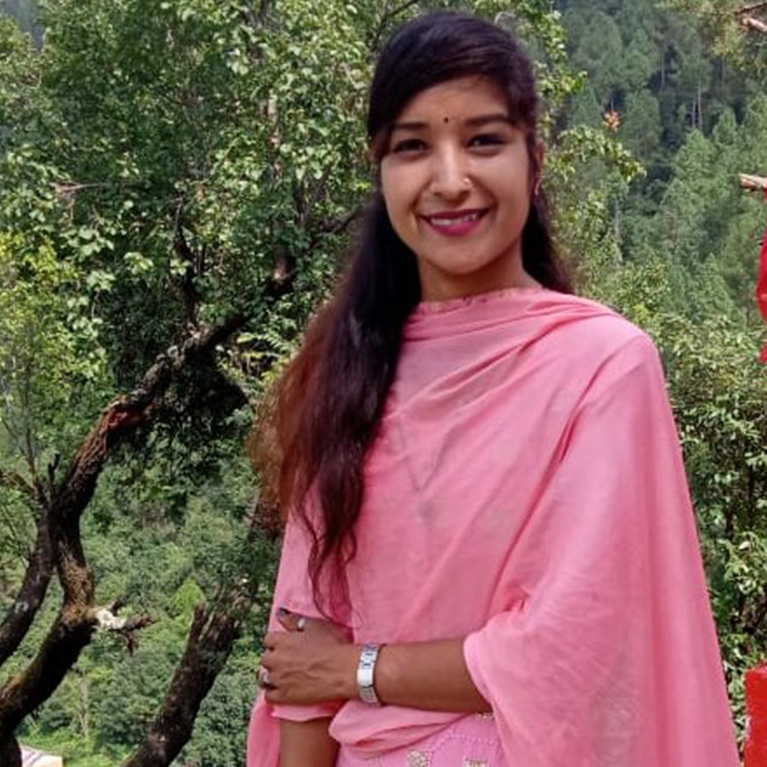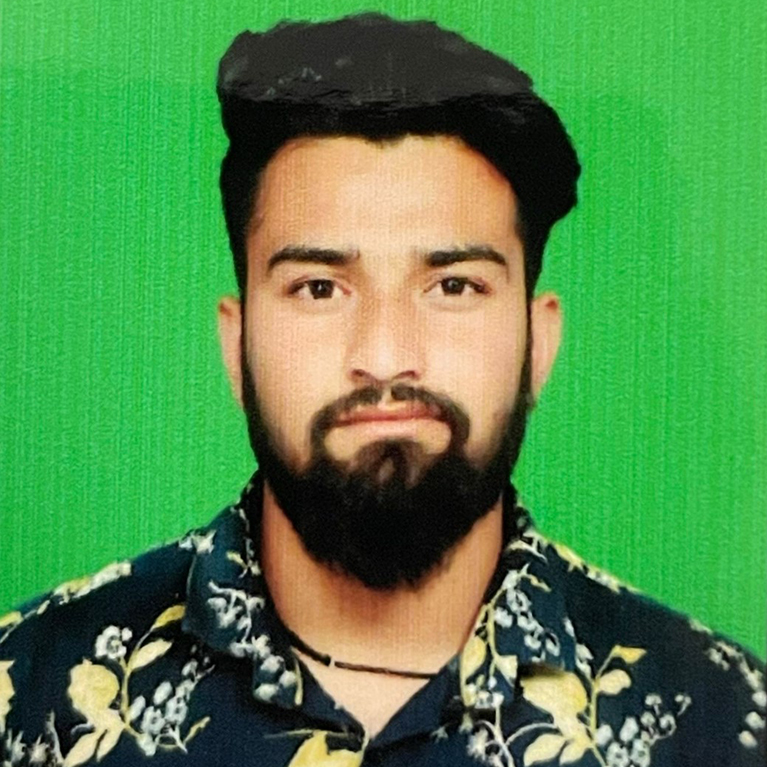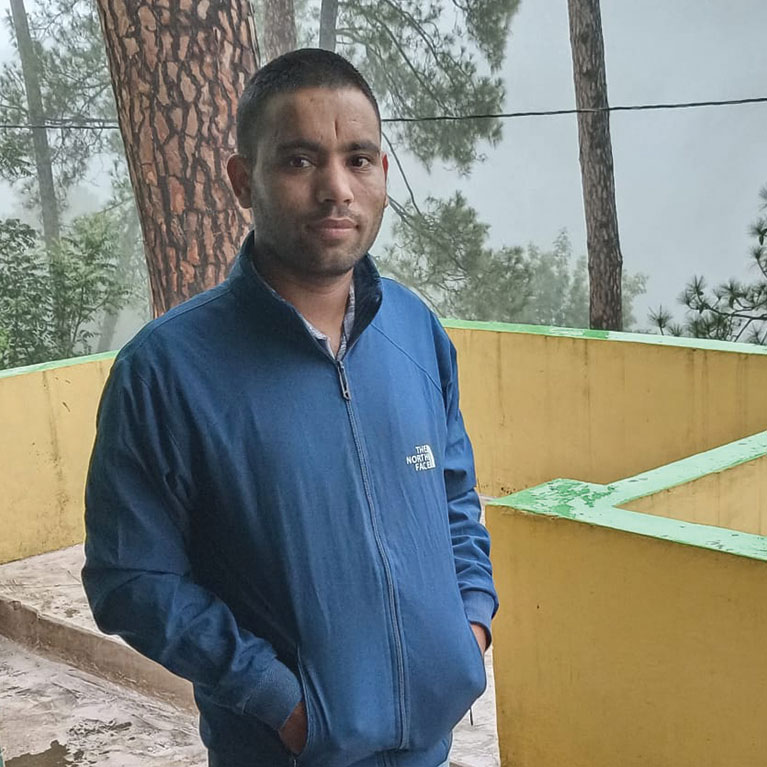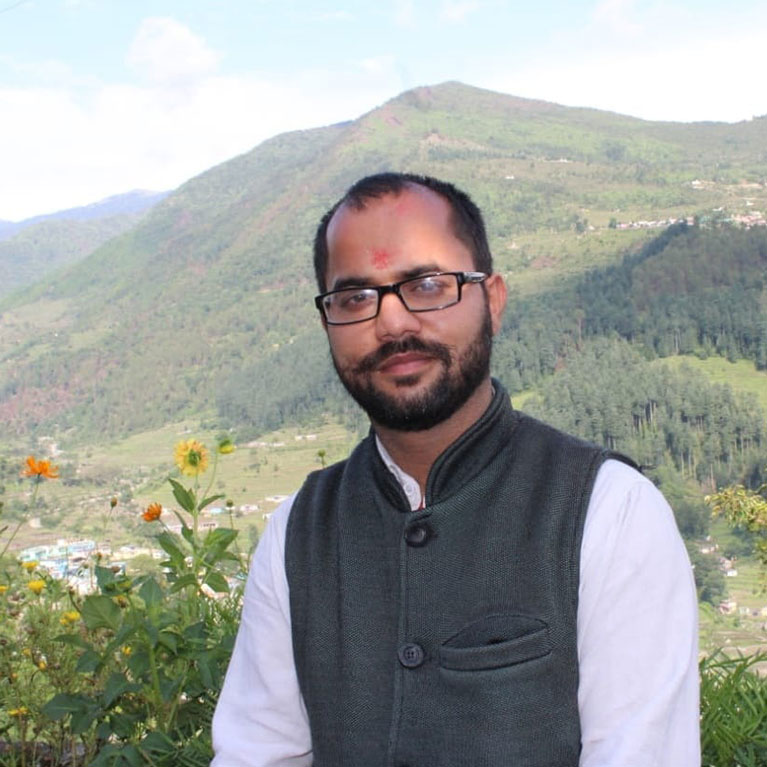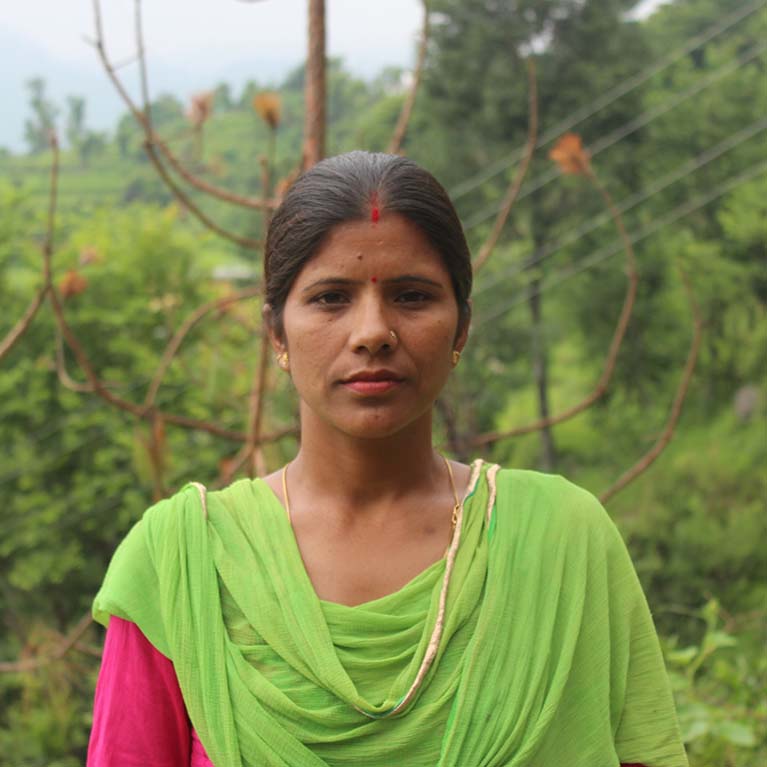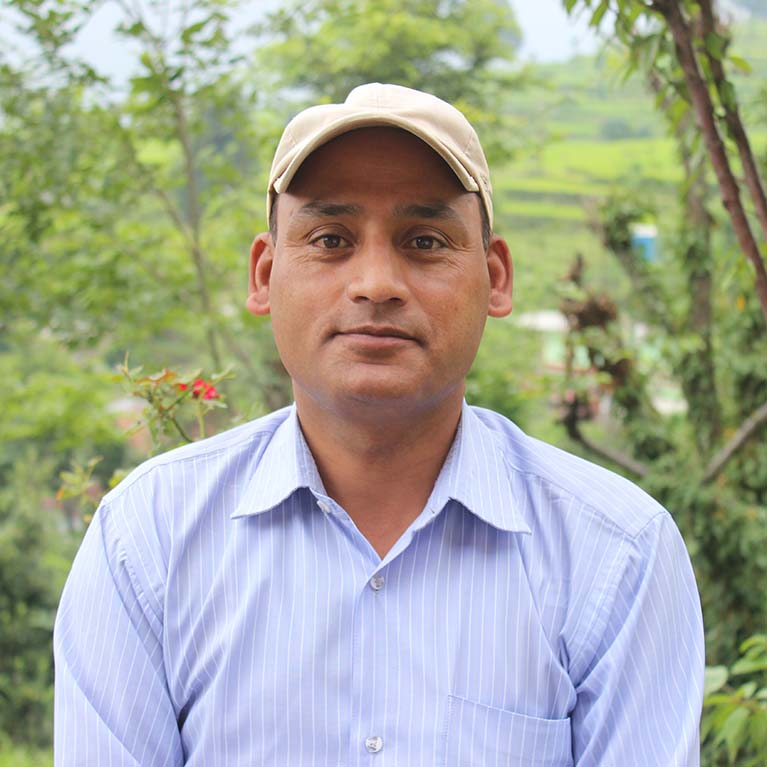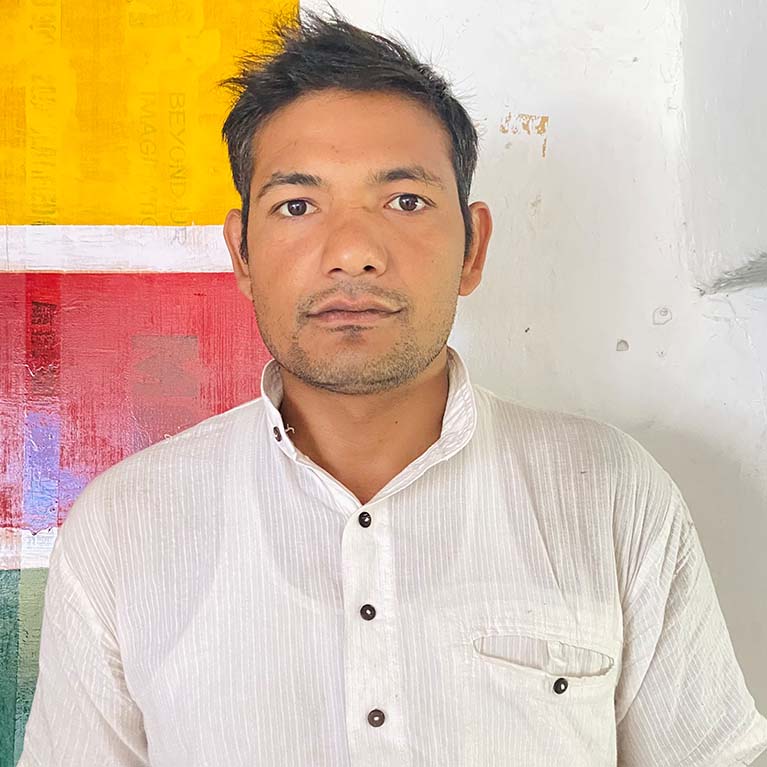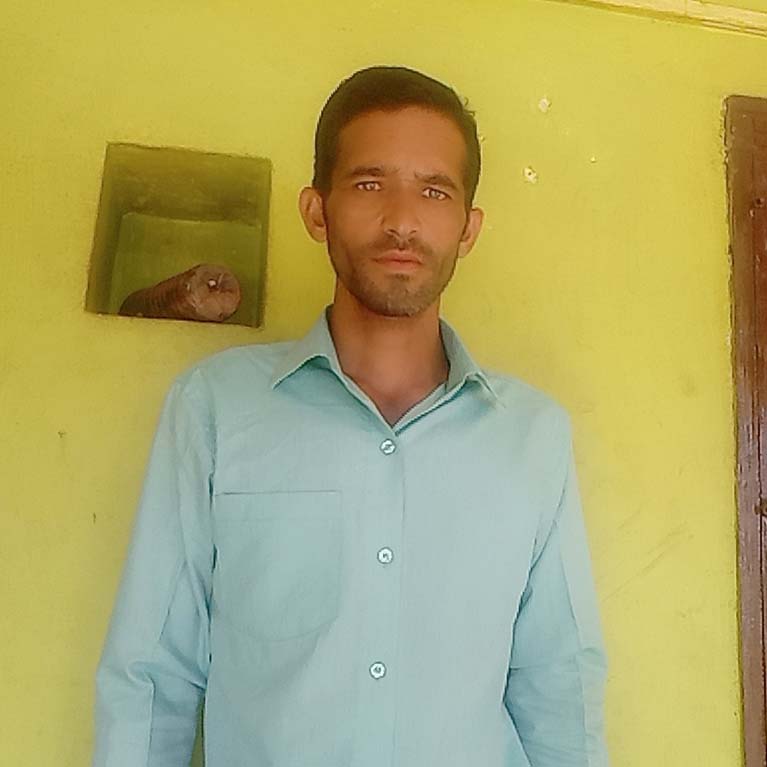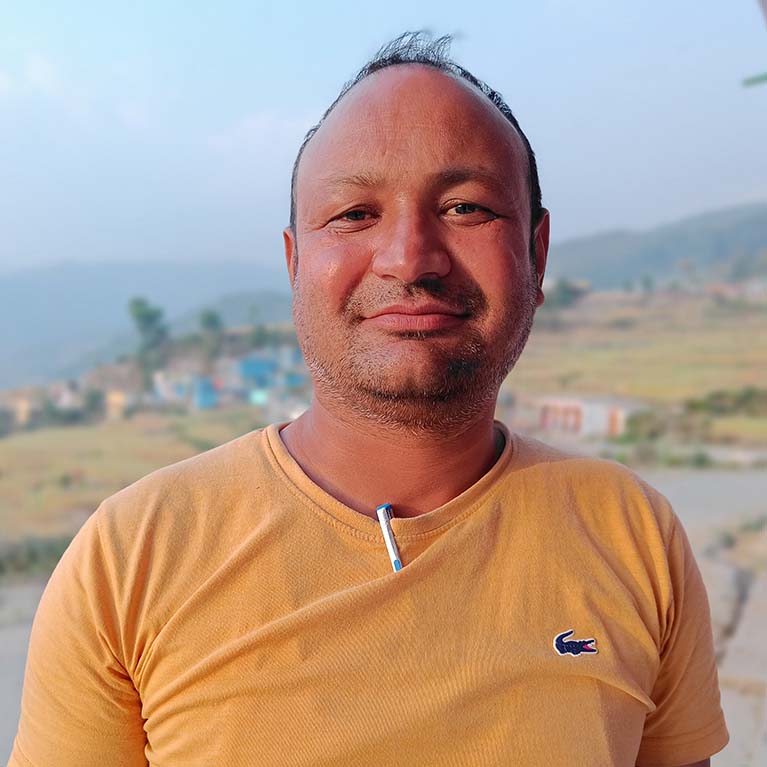Introduction:
This case study revolves around the inspiring story of Lucky Devi, a determined woman from Dhar Gaon in the Bhilangana block. Despite facing life’s challenges after her marriage, Lucky Devi’s passion for sewing remained dormant. However, with the support of the HRIDAY project, MVDA, and her local community, she found the courage to rekindle her dreams and empower herself, making a positive impact on her family and village.
The Revival of Passion:
Before marriage, Lucky Devi had honed her sewing skills. Sadly, after her marriage, her time was consumed by household responsibilities, leaving her passion untouched. Nevertheless, when the HRIDAY project initiated livelihood support for women in the village, Lucky Devi seized the opportunity to reignite her love for sewing.
A Ray of Hope:
The need assessment was pivotal in understanding Lucky Devi’s aspirations and proficiency in sewing. It revealed her genuine interest in reviving her talent and contributing to her family’s income. The village women’s group, recognizing her potential, decided to lend a helping hand, providing her with a sewing machine.
Empowerment through Support:
Financially backed by LIC Housing Finance Limited (LIC HFL), Lucky Devi received an electric automated sewing machine and the necessary training. With this support, she established her sewing center strategically located in her village, allowing her easy access to potential customers while balancing her familial responsibilities.
Stitching a Bright Future:
The assessment took into account the sustainability of Lucky Devi’s tailoring business. It considered the seasonal demands and fluctuations in her income. By involving her in contributing towards the sewing machine’s purchase, a sense of ownership was instilled in her, nurturing her commitment to success.
The assessment took into account the sustainability of Lucky Devi’s received electric automated sewing machine and the necessary training. With this support, she established her sewing center strategically located in her village, allowing her easy access to potential customers while balancing her family responsibilities.
Conclusion:
Lucky Devi’s journey is a testament to the transformative power of support and the unwavering determination to pursue one’s passion. Through the HRIDAY project and the compassion of her community, Lucky Devi stitched together a brighter future, enriching not only her own life but also the lives of those around her. Her story serves as an emotional reminder that dreams, with the right encouragement, can become reality, sparking a ripple of positive change that extends far beyond an individual’s aspirations.

